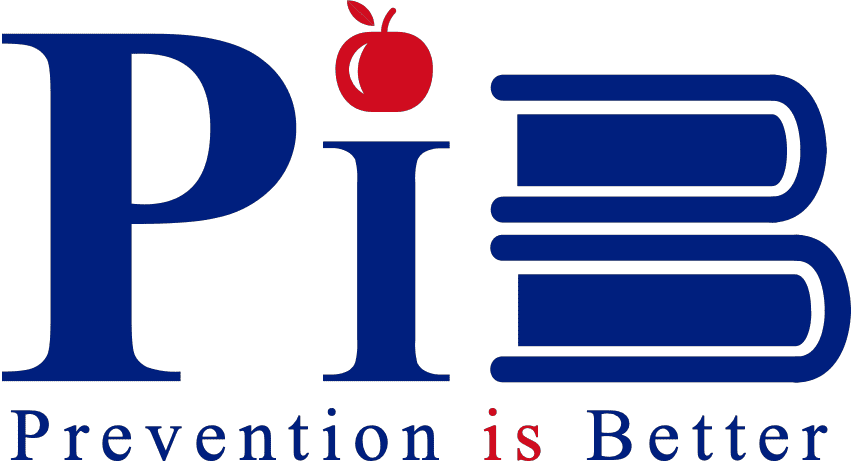Why use the social norms theory? (Article series 5 of 7)

Note: This is the fifth in a series of articles on prevention.
What makes you behave the way you do? What influences your actions?
People’s behaviour is influenced by a combination of factors including their environment, cultural upbringing, personal beliefs, experiences, peer pressures, media influences, and societal norms (Berkowitz, 2005; Dempsey, 2018). These factors undeniably interact together in a way that influences our actions and decisions whether that be positive or negative, therefore understanding human behaviour is essential. Social factors play a major role in the initiation of early stages of drug, alcohol, and tobacco use (Berkowitz, 2005). Prevention is better and has a strong focus on social responsibility and the theory on social norms impacting our decisions to misuse alcohol, drugs, and tobacco.
Social norms theory is based on the idea that individuals’ behaviour is deeply influenced by their perceptions of what is considered normal (Berkowitz, 2005). These norms, shaped by media, peers, and family dynamics silently guide our choices (Berkowitz, 2005; Dempsey et al., 2018). In relation to substance use, often we have misperceptions of what normal alcohol and drug intake looks like. Overestimation of substance use of our peers leads people to engage in riskier behaviours; leading to consuming more than they otherwise would or heavy users to use these perceptions to rationalise their use (false consensus) (Berkowitz, 2005).
Social norms interventions address these misperceptions. By targeting the gap between perceived and actual norms, these interventions aim to realign behaviour (Berkowitz, 2005). For example, an adolescent may rethink their alcohol consumption when confronted with data showing that at their age, most peers abstain altogether from its use. Your misperceptions not only impact your behaviour but the behaviour of those around you. This approach not only helps change an individual's misperceptions but also misperceptions that impact those around them (Dempsey et al., 2018). Changing the misperceptions of everyone.
This evidence based approach for addressing substance use utilises various strategies to intervene the path to addiction. These strategies range from the use of social marketing techniques through media to interactive workshops, as well as individual approaches (Berkowitz, 2005). The aim is to challenge misperceptions and empower individuals to make informed choices. Rather than dictating behaviour, they take the approach of presenting the reality of social environments, taking an indirect approach.
The social normative approach can intervene at the universal, selective, or indicated level. A universal approach targets all individuals, a selective approach targets a sub-population and an indicated approach targets individuals (SAMHSA, 2016). Strategies such as electronic or print media campaigns, interactive websites, or class projects take a universal approach. Selective or indicated prevention strategies involve things such as workshops, academic classes, or counselling interventions (Berkowitz, 2005). These strategies highlight accurate healthy norms for substance use and norms of peers to interrupt the pathway of misperceived norms to behaviours.
This strategy offers a framework for influencing behaviour towards substance use. By understanding and leveraging norms you can encourage positive behaviours and discourage negative ones. As individuals often overestimate certain behaviours, social norms can correct these misperceptions. Normative feedback can motivate behaviour change by highlighting discrepancies between actual and perceived norms and may be geared towards cultural contexts leading to a greater effect (Berkowitz, 2005; Dempsey et al., 2018). Importantly, social norms interventions are cost-effective compared to other behaviour change strategies, making them appealing to organisations and policymakers (Berkowitz, 2005). This is a practical strategy for promoting behaviour change at multiple levels, allowing intervention within homes, schools, and the community for broader impact.
With Prevention is Better, we are taking the role of new and developing technologies to deliver social normative information that will impact individuals and their behaviours, working towards a healthier society. The digital platform and interactive website is used to engage students and is a learning experience that is unlike others as it is interactive and informative.
The next ARTICLE will take into consideration the different aspects of prevention strategies or programs that may make them more or less effective. Looking at what makes a good prevention strategy.
References
Dempsey, R. C., McAlaney, J., & Bewick, B. M. (2018, November 5). A Critical Appraisal of the Social Norms Approach as an Interventional Strategy for Health-Related Behavior and Attitude Change. Frontiers. Retrieved April 10, 2024, from https://www.frontiersin.org/journals/psychology/articles/10.3389/fpsyg.2018.02180/full
Berkowitz, A. D. (2005, January 1). An Overview of the Social Norms Approach. Alan Berkowitz. Retrieved April 10, 2024, from http://www.alanberkowitz.com/articles/social%20norms%20approach-short.pdf
Substance abuse and mental health services administration (SAMHSA). (2016). US Department of Health & Human Services, Office of the Surgeon General. Prevention Programs and Policies. In Facing Addiction in America: The Surgeon General’s Report on Alcohol, Drugs, and Health. essay. Retrieved from https://www.ncbi.nlm.nih.gov/books/NBK424857/
AcknowledgementsSpecial thanks to the students of Redeemer University, Ancaster, Ontario for their assistance in preparing these articles.
